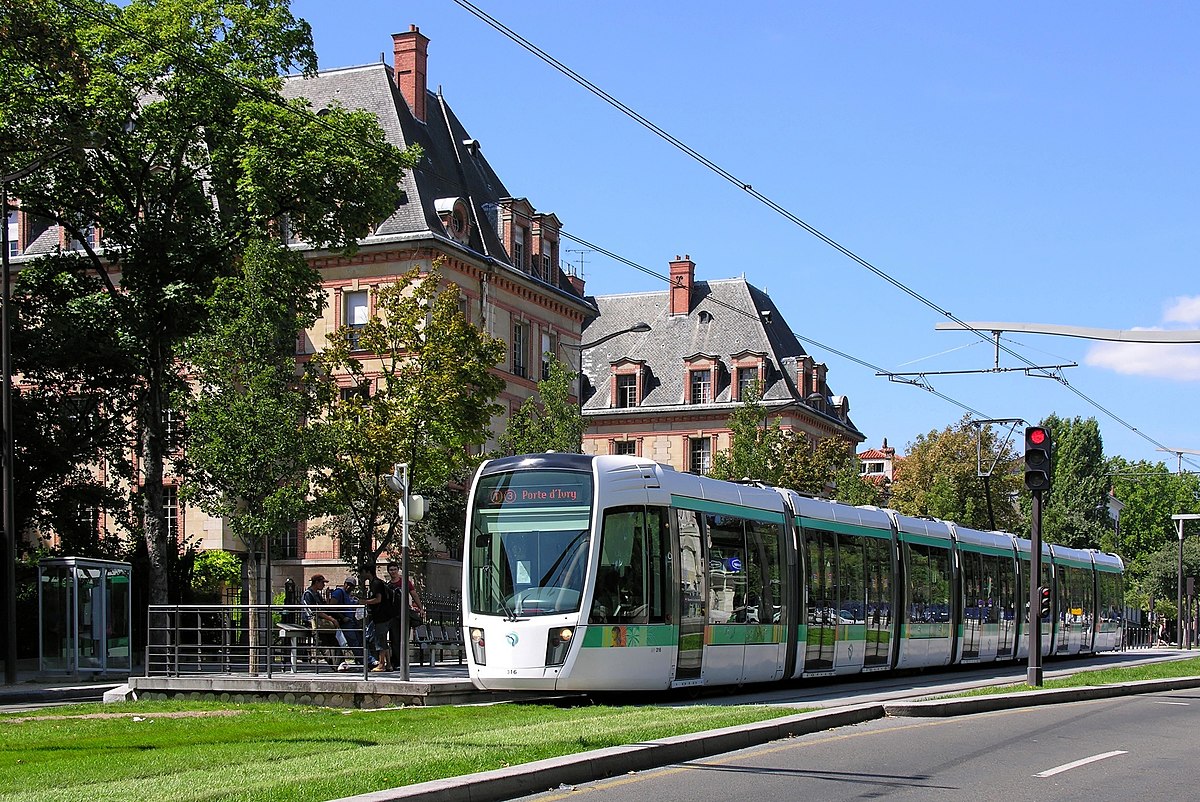You really overvalue the streetcar having it's own lanes. The only real benefit that offers is the ability the skip past traffic during rush hours. Remember, this is the suburbs, and all of these modes are competing with the car. In this context, is the LRT time competitive with the car? Are people going to be riding this thing compared to if it was an el or a subway? Probably not as much.
Is the tram's ability to skip traffic not a massive boon, in and of itself? People opt to drive their car in the suburbs because they routinely see overcrowded buses having to contend with the same traffic as they are - so, if the travel time isn't any faster, why take transit, when they have the comfort and privacy of their own car? But if they see an LRT zooming by while they rot in traffic, they may reconsider.
If you want a rapid crosstown route that leads from Scarborough to Pearson, the use of LRT technology is even more questionable.
Why can't it be both a crosstown route and a local service provider? The choice of rolling stock should depend on what the demand is in the given corridor, not far how it goes. The original proposed Downtown Relief Line was supposed to be a mere 7.4 km, so I guess by that logic it would have been sufficient to stick streetcars on it, right?
A subway is a fully grade separated and isolated corridor where interference isn't expected to happen. Nobody is expected to ever cross the tracks, no vehicle is ever expected to drive over the tracks, it's completely isolated.
This is incorrect; it's isolated from interfering traffic, and if it's in a tunnel it's isolated from the weather conditions (provided the tunnel is built correctly, a watermain doesn't burst, etc). Everything else that I described can and does happen on metro lines and can severely disrupt operations when it does.
As for the issue of cars driving over the tracks, do you think that Toronto is alone in having stupid drivers who are not aware of their surroundings? There would be no service disruptions at stations like Spadina or Queen's Quay if the tracks were set in concrete, and anyone who mistakenly drove into the tunnel was able to drive right out.
In what small towns have you ridden them?
Small towns like Prague? It has a few metro lines, but many more tram lines and you know what? Despite not being built on elevated guideways over the street or underground (some don't even have a median based ROW, they just have markings on the road indicating the lane is their own, and some run on narrow, pedestrian only roads) they are fast, efficient, and reliable.
however you wouldn't see a city like Paris building large crosstown tram routes.
I'm not sure this is a reasonably true claim to make. Paris, like many other western European cities, abandoned their trams because of a misguided belief that buses were the future, but they seem to have re-established a fairly expansive new network for themselves:

en.wikipedia.org
Lines like T1 and T2 seem to skirt around the edges of the Paris city centre, not unlike the Eglinton Crosstown. And their lengths are fairly similar, too...
There are other cities further east which have big populations and big tram networks, including in appreciably long crosstown routes, such as Vienna, Berlin, and Budapest, to name but three.
Also, I'm calling shenanigans on your assertion that trams only work in "small towns [sic]" like K-W where "things aren't really that far". The total length of ION to date is the same as the Eglinton Crosstown!
Meanwhile we're building almost subway where 1/4 is on the surface because????
Maybe because out in Scarborough, unlike the central parts of Eglinton, is wide enough to justify having a median based ROW instead of wasting insane amounts of money tunneling or bridging? If Eglinton was a stroad along its entire length, like it is out in the sticks, there would be zero argument for burying it at all. It would be cheaper, too.
Like please, tell me a good reason why Eglinton had to have been an LRT. Please.
Last I checked, this wasn't the topic of discussion. The topic of discussion was whether the Eglinton LRT should've been built in a median based ROW, as it is, or been fully grade separated. The mode of choice is a completely different topic. We are trying to figure out how to best make what we have work, not how to devise a time machine so we can go back 15 years and ensure the Eglinton line was built as a subway.
I don't care if Eglinton was a subway or LRT, if the city wants to waste even more money because of some misguided ideas about the nature of rapid transit, they are free to do so. I'm just offering my experiences with riding tram systems elsewhere that the lack of transit priority, while embarrassing and generally inconvenient, doesn't make this project worthless, nor does it justify spending millions more on grade separation on an extremely wide suburban street.






